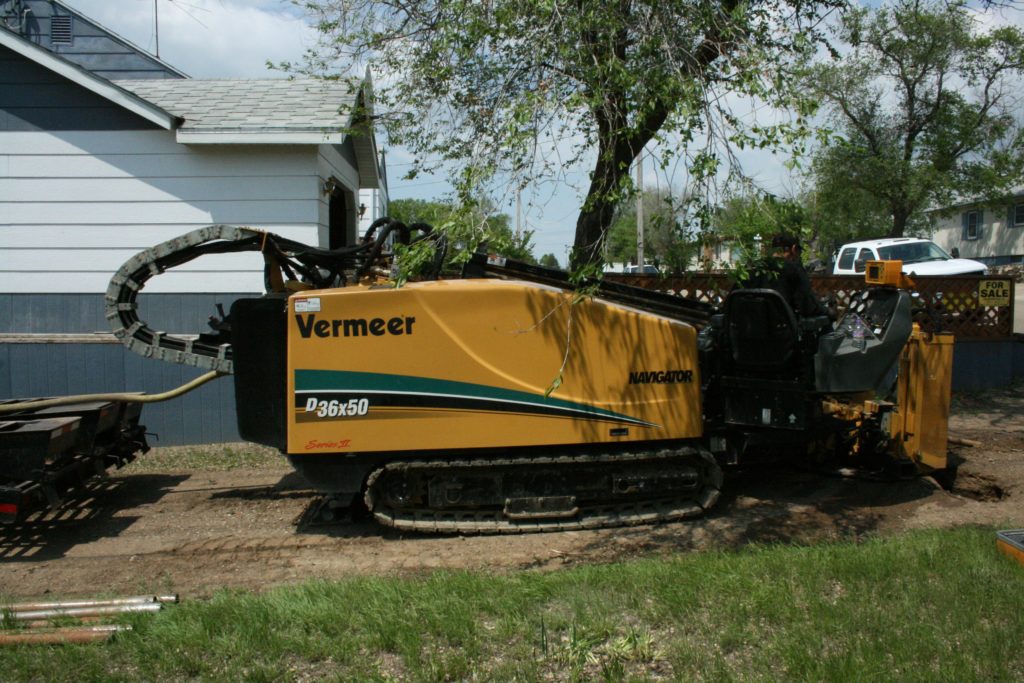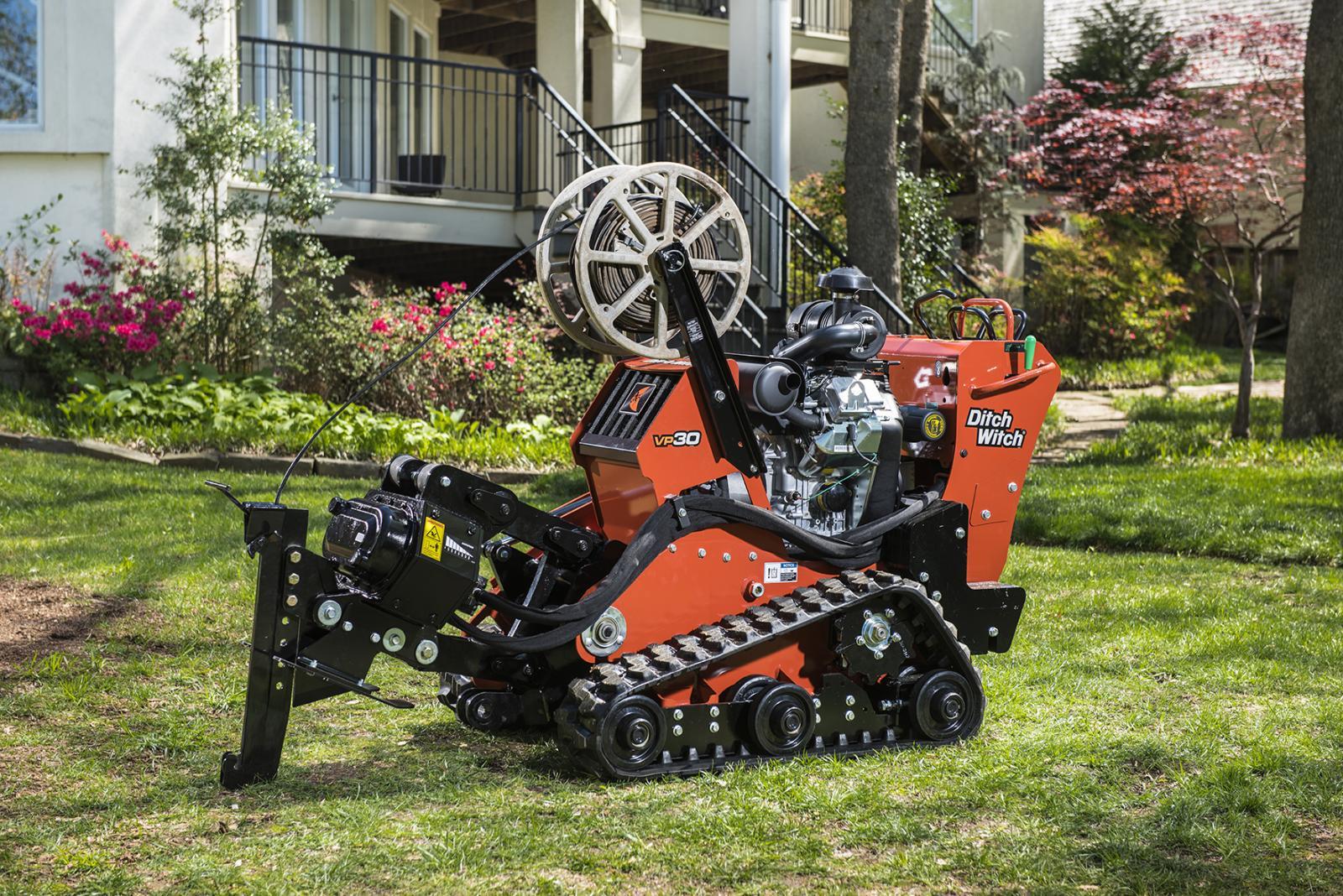AT&T has proudly emerged as the latest fiber splicing client for Prairie Telecom, marking a significant milestone in their collaborative journey. This partnership highlights Prairie Telecom's exceptional capabilities in the realm of fiber splicing and underscores their commitment to delivering high-quality telecommunications solutions. As a renowned industry player, AT&T's decision to choose Prairie Telecom showcases the latter's proficiency and reliability in providing cutting-edge fiber splicing services. This collaboration not only augments Prairie Telecom's reputation but also establishes them as a preferred choice for major telecommunications players, reaffirming their position as a key contributor to the advancement of modern connectivity infrastructure.
Aerial construction is a specialized method employed in the telecommunications and utility industries to establish and maintain overhead infrastructure. This approach involves the installation and maintenance of various components, such as power lines, telephone cables, and fiber optic lines, above ground level. Aerial construction often includes the erection of utility poles, support structures, and cable suspension systems, which enable the efficient transmission of electricity, data, and communication signals across different geographical terrains. This technique is particularly useful in areas with challenging landscapes or dense urban environments where underground installation might be impractical or costly. Aerial construction demands careful planning, adherence to safety regulations, and skilled technicians who are capable of working at heights. As technology advances and connectivity becomes increasingly essential, aerial construction plays a critical role in ensuring reliable and widespread access to utilities and communication networks.
Fiber splicing is a crucial technique in the field of telecommunications and networking, used to join two optical fibers together seamlessly. This process involves carefully aligning the ends of the fibers and fusing them using heat or lasers, creating a continuous and low-loss connection. Fiber splicing is essential for extending the length of optical links, repairing damaged fibers, and connecting various segments of a network. It ensures efficient and reliable data transmission by minimizing signal loss and maintaining consistent signal quality. Both mechanical splicing and fusion splicing methods are employed, with fusion splicing offering greater precision and lower signal loss. As the demand for high-speed internet and advanced communication systems grows, the skillful application of fiber splicing continues to be a fundamental practice in ensuring seamless and uninterrupted connectivity.



